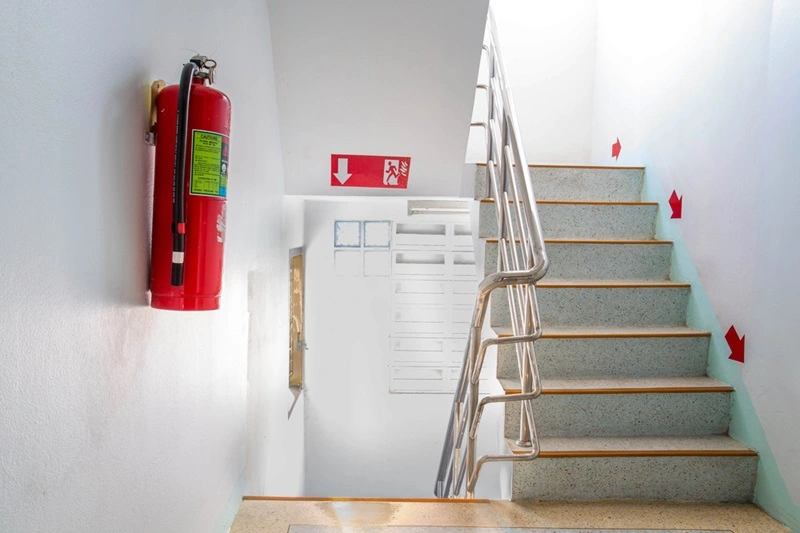
Recovering from commercial fire damage requires swift, expert action to minimize loss and restore operations. Rainbow Restoration outlines these essential steps for effective recovery.
|
Recovering from a commercial fire can be a complex process requiring assessment, clean up, and restoration. Smoke, soot, water, and structural damage are all common occurrences after a fire. Choosing a professional restoration company such as Rainbow Restoration® can help limit losses and accelerate a timely return to normal business operation.
Evaluating the Damage
Proper assessment of damage is crucial after a fire occurs. Fire damage includes destruction from fire, smoke, soot, and damage caused by water or chemicals used in firefighting efforts. Structural damage could make areas of a property unstable, making it important to get clearance from the fire department before entering. Consider professional assistance to perform a thorough and complete damage assessment as restoration specialists are trained to recognize all forms of fire and smoke damage. After the assessment, restoration specialists will provide a comprehensive overview and plan of action to restore the property.
Addressing Water Damage
The water used during fire suppression efforts can cause structural damage if not properly addressed. Fire hoses use an average of 250 gallons of water per minute. Standing water should be extracted and the affected areas thoroughly dried, dehumidified, and sanitized. Water can cause mold growth within 24 to 48 hours, making it critical to address water damage immediately. The longer mold is neglected, the more extensive the damage. Depending on the severity of the mold infestation, it could extend to reconstruction of the property, to ensure it is returned to its best possible condition.
Smoke and Soot Cleanup
Smoke and soot can permeate various materials and leave a lingering smell. It can also corrode metals and break down paint, walls, and furnishings. Removing smoke and soot requires industry knowledge, proven techniques, and specialized equipment. An IICRC-certified professional can ensure that restoration services are performed with a standard of excellence
Resuming Business Operations
It is important to limit the amount of business downtime to avoid decreased revenue and loss in productivity during the restoration process. Creating a temporary workspace or implementing a business continuity plan could assist with its continuation. Communicating regularly with customers, suppliers, and employees to keep them informed about the status and when they can expect the resumption of normal operations can help maintain the business’s reputation.
Emergency Preparedness Plan
Emergency preparedness plans are essential for businesses and commercial facility managers. Preparedness plans are designed to envision potential scenarios and provide plans of action to limit the amount of business downtime and save money on extensive repairs. A well-planned emergency response can help minimize property damage and efficiently resume business operations. Post-recovery is a good time to plan and take preventive measures to reduce the risk of future fires. This could include regular electrical inspections, appropriate storage and disposal of flammable materials, installing an adequate number of smoke detectors, and ensuring fire extinguishers are operational and plentiful.
